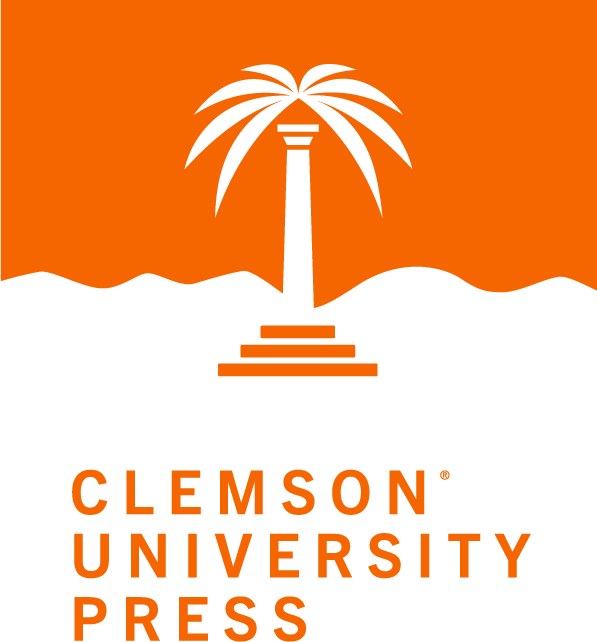Modern Writers, Transnational Literatures examines W. B. Yeats’s and Rabindranath Tagore’s literary engagements with identity, nationalism, and the literary and cultural traditions of Ireland and India. In this blog post, author Ragini Mohite revisits Tagore’s The Post Office and considers the impact of the Covid-19 pandemic on education and societal structures.
Re-reading Rabindranath Tagore’s The Post Office during lockdown, I realized that the play had interesting parallels to the situation in which so many of us found ourselves: stuck within the four walls of our homes, fearful of an illness of which we knew little but whose threat to life loomed large. It is no surprise that the play has been a resilient part of the public consciousness in times of generation-defining crises.
The English version of the Bengali Dakghar was first published by W. B. Yeats’s Cuala Press in 1914. It was performed in 1913 alongside Patrick Pearse’s play An Ri in Dublin, in 1918 in Calcutta, before an audience that included Gandhi and key members of the Indian National Congress. It was broadcast as a radio play in 1940 Paris on the eve of Nazi invasion in André Gide’s French translation. Most significantly, it was performed in the Warsaw Ghetto in 1942 by Janusz Korczak’s orphans despite being banned by Hitler’s censors. It is a moment of poignant defiance, incredible resilience, and simultaneously one of heart-breaking resignation. Korczak writes in Ghetto Diary that “it is necessary to learn to accept serenely the angel of death.” Several later productions picked up on this moment, including Jill Parvin who used the play-within-a-play trope to show us Warsaw on her stage. These writers, directors and performers have all recognized the deep ethical and affective undercurrents of this simple play and its remarkable child protagonist.
The Post Office is the story of a young boy named Amal who is confined indoors due to an unnamed illness. Through the one window in his room, he can interact with a variety of locals including the curd seller, watchman, the Gaffer, the young flower girl and so on. He nurses a dream of one day working as a postman by the king’s appointment at the new post office being constructed in his village. He wants to wander far and wide, in stark contrast to being stuck in a single sickroom. The obvious thematic parallels stand out—questions of what it means to be productive in a quarantine, the notions of creativity as productivity, the delicate nature of mortality, the politics of survival and precarity. These have been examined in criticism and in think pieces.
Tagore’s play takes a humanist approach towards these issues. Yeats wrote in his preface that the play was “less intellectual” or allegorical, and more “emotional and simple,” a communication of “gentleness and peace” (The Post Office). To me, then, the most interesting character is Sudha—the flower-selling girl. She is the character that does not have the luxury of leisure or rest; she must make a living. That which is imaginative, nourishing, and playful for Amal, is the mundane everyday for Sudha; the landscapes he dreams of are ones she knows intimately. Yet, both children are bonded and sympathetic to each other. While the adult characters hope that Amal will grow up to be a “learned” man and spend his days with books, both Amal and Sudha represent two different modes of learning, both of them non-traditional. Sudha learns experientially. While Amal knows the fairy tales of the flowers, Sudha knows their type and price. While Sudha goes off to make her sales, Amal is told stories of faraway, fantastical lands by the Gaffer (whom Tagore himself played on stage); he seeks out the stories of various characters who pass by his window.
Tagore often invokes labor and the craft of storytelling as connective forces that allow us to operate with sympathy and humanity. His educational institutions were set up in response to the limitations of colonial education in India and he was sensitive to the divide between the urban elite and the rural populace. He began a school Shantiniketan, an institute of rural reconstruction (Sriniketan) and a university (Visva-Bharati). Classes often took place outdoors; the arts and humanities were given pride of place alongside the sciences and technology, and the manner of teaching was more in keeping with contemporary modes of differentiation rather than standardization. In his essay, “My School” he talks of the age-old ashram style of communal living of students and master that allows for more organic and more holistic education.
From his own unsatisfactory experience of traditional schooling, he also knew the importance of enjoying one’s education of incorporating creativity into a system otherwise riddled with mundane rote-learning. Alumni from Tagore’s institutions include former Indian Prime Minister Indira Gandhi, the writer Mahasweta Devi, the Nobel Prize winning economist Amartya Sen, the dancer Mrinalini Sarabhai, filmmaker Satyajit Ray and many others. Tagore’s plays were often performed on these local, community stages, a variety of languages and dance forms like Manipuri and Kathak were taught, and he brought in painters like Nandala Bose and the art critic Stella Kramrisch; his own writing-room was always open to the students. In a very real sense, Tagore embraced the liberal education ethos in his institutions in a time where cultural nationalism was on the rise. It is a striking statement about the nature of education that reflects much of today’s challenges.
In Tagore’s words: “we may become powerful by knowledge, but we attain fullness by sympathy. The highest education is that which does not merely give us information but makes our life in harmony with all existence.” (Personality) The pandemic has made clear that, like healthcare, education too is a public issue. But it has also exacerbated the inequities in society and education. Humanities departments are suffering; competitive exams are being mismanaged; facts are being called into question. On the one hand, many children in all parts of the world have been rendered vulnerable by their financial precarity, lack of technological resources, suffering for the lack of other needs that schools provide (including, but not limited to a mid-day meal). On the other hand, more affluent school-going children are stuck at home, learning online, the screens becoming their window into the world. They learn of social inequities and injustices and of urgent issues via retellings and reportage, and through the tough realities of life and threats to existence.
This has raised several questions within education. How do we reconceptualize and restructure the traditional frameworks of education to focus on matters of social import and impact? There is no question that young students have been grappling with these issues even before the pandemic. In Tagore’s own words, “it is their own world, upon which their life ought fully and freely to react” (Personality). Fridays for Future, student participation in the Black Lives Matter movement, and the massive student involvement in movements for the protection of democratic rights (such as the anti-CAA protests, protests against rape, police brutality, and caste atrocities) in India immediately come to mind. Children learn, participate in, and help shape society despite all odds.
As I read The Post Office, then, I remembered that the child is very often the symbol for the humanist ideal in Tagore’s works. Modern Writers, Transnational Literatures: Rabindranath Tagore and W. B. Yeats explores, in part, Tagore’s critique of prevailing societal structures. Education is certainly such a structure. It remains to be seen how local and global education will evolve in the long-term, though the pandemic’s impact on it is undeniable. If we are to embrace the ethical impetus for change, perhaps it is best if we look to the child to lead. As the poet says in his collection of child-poems:
“young is your life, your path long, and you drink the love we bring you at one draught and turn and run away from us.” (“The Gift,” The Crescent Moon)


